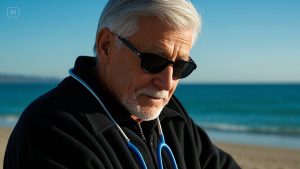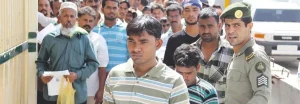
Patrick Hardison was a 27-year-old volunteer firefighter in 2001 when he received the call that would change his life. In his small Mississippi village, he went to rescue a woman who was trapped in a blazing house. But as he was looking, the roof collapsed, severely burning his face. Doctors spared his life, but he was completely altered. He couldn’t even look at himself in the mirror. Nonetheless, the 42-year-old’s stunning face transplant today offers hope to individuals who have experienced facial trauma.

“A single, massive scar”
After the incident, Hardison spent sixty-three days in the hospital. Doctors used the skin from his legs to cover his head. However, Hardison’s face was devoid of his skin, ears, hair, lips, scalp, the majority of his nose, and almost all of his eyelids. Due to his inability to blink, physicians created a small aperture to allow him to see and covered his eyes with skin grafts. “I was almost blind,” he remembers. “I could see a little bit.”
He struggled to see himself in the mirror when he returned home because of his disfigurements, and he lived that way for 14 years. According to one doctor, “living this way is not living.” Even For all that, Hardison tried to live a normal life, even if everyone was looking at him. Hardison’s three little children were first afraid of him. After more than 70 surgeries, he needs family members to drive him to doctor’s appointments and help him eat. His tire business failed, his marriage collapsed, and he battled depression and an addiction to painkillers.
But then Hardison met with a highly respected plastic surgeon, Dr. Eduardo Rodriquez. “There was nothing more they could do to help with the type of injury that he had,” said Rodriguez, who is presently the head of the plastic surgery department at New York University Langone Medical Center. The doctor said that Hardison had “one huge scar” on his face.
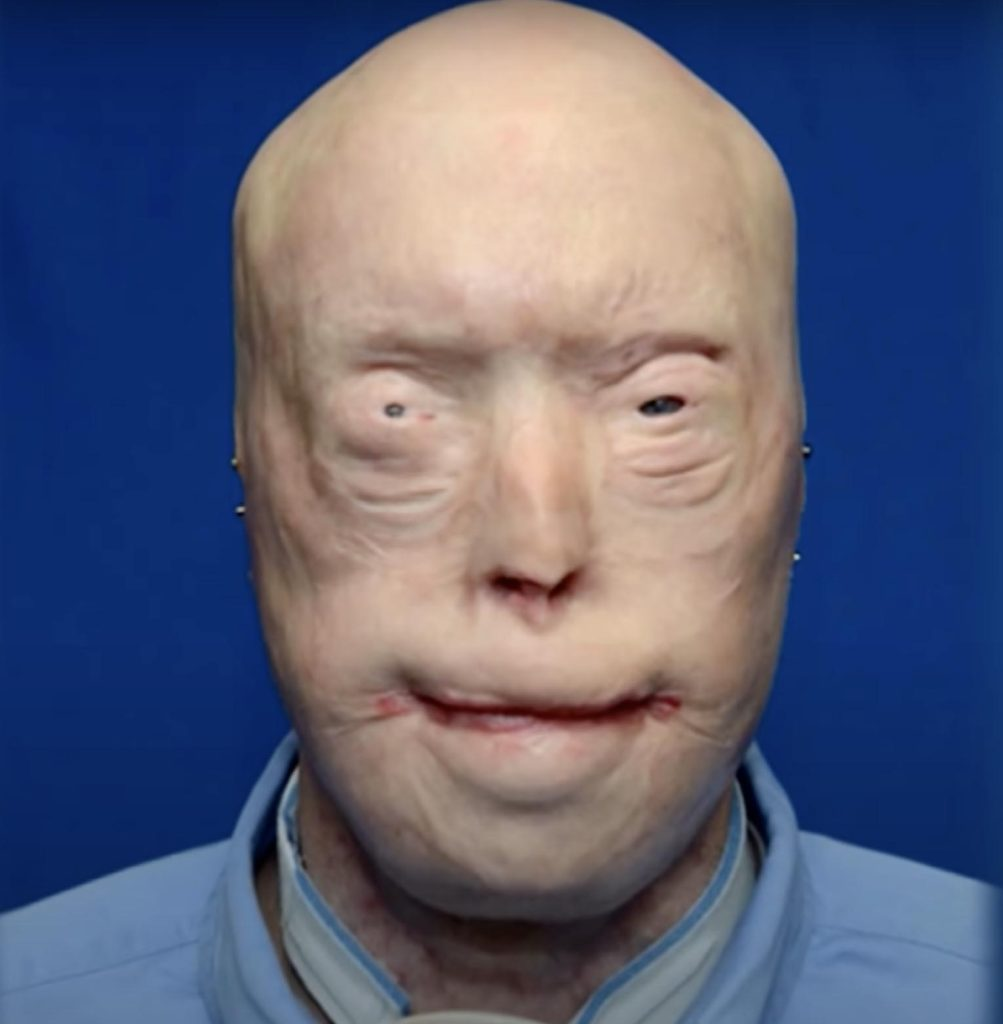
The 26-Hour Face Transplant
However, Rodriquez saw that Hardison had the courage, commitment, and responsibility required for a face transplant, which is a difficult and time-consuming process. Hardison had to take tests to show that he was both physically and psychologically prepared. Even if he passed these tests and a suitable donor was found, his chances of survival were still 50/50. The body may reject the transplant even with immunosuppressive medications, and the operation’s long-term effects are uncertain. Hardison, though, was determined to go on.
The opportunity was created by David Rodebaugh’s tragic death. The 26-year-old was an artist and an avid cyclist who had won several BMX competitions. But in July 2015, he died from injuries he received in a bicycling accident. Because he was an organ donor, his family agreed to donate his face and organs.
On August 14, 2015, Rodriguez had the most extensive face transplant. He removed Rodebaugh’s face and scalp, along with his ears and eyelids, and placed them on Hardison in collaboration with some 100 medical specialists. After a lengthy twenty-six hours, the surgery was completed. Although Hardison’s face continued to swell for several months, he began to thrive. He could go shopping for clothes without everyone staring at him. After more surgery, Hardison was able to see and blink normally. He was also able to live independently again.
“There is hope for everyone.”
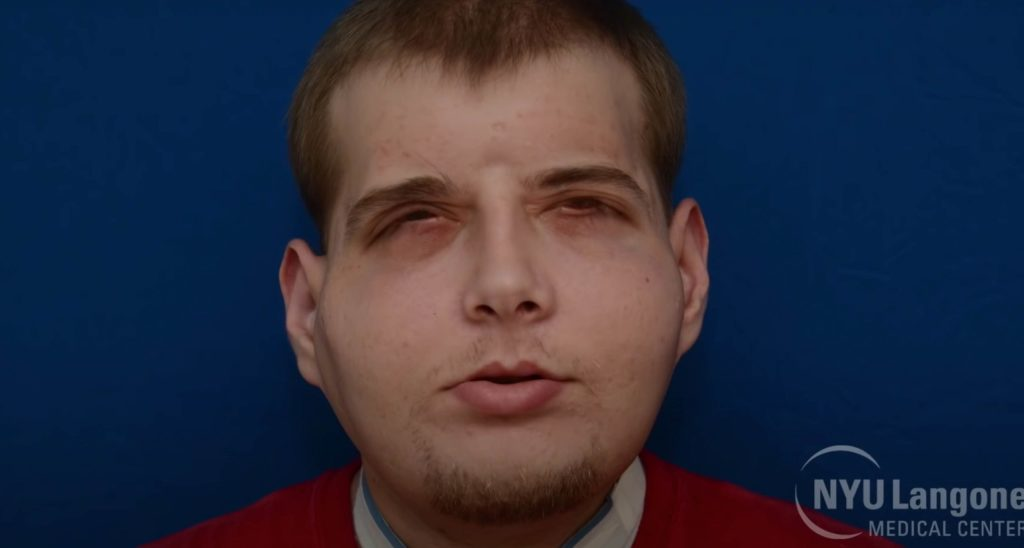
Fifteen months after the procedure, Hardison had a new life. “Everything has changed,” he said. “I can do things that I haven’t been able to do for fifteen years, like drive and go swimming with my kids.” He even took his five kids to Disney World for their first family vacation in a long time.
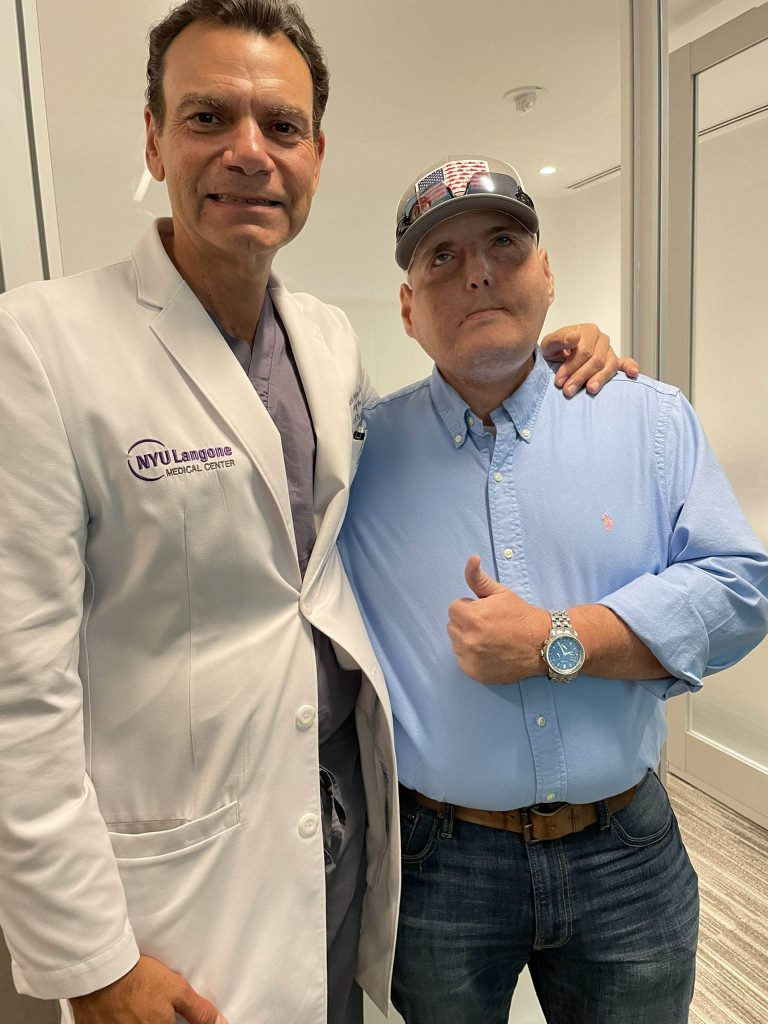
Five years later, Hardison hopes to motivate people who are struggling with ailments. “I’ve bought my own land and am currently having a house built on it. He said, “I’m writing a book.” “I want to show the world that there is hope,” the speaker said. He added that people with face injuries like his usually commit suicide. I understand, but they also have no hope. They think, “You know, I have to live like this,” but you don’t. There is hope for everyone who is hurt in that way.

